Rare Rides Icons, The Nissan Maxima Story (Part V)

The new third-generation (J30) Nissan Maxima went in a bold new direction from its predecessors. Larger, more luxurious, more technologically savvy, and better made than the first two, the third Maxima was the first to cater to the North American market. The Maxima’s sudden transformation was so complete that it diverged from its former sibling the Bluebird to become an entirely separate model. First up today, we consider 4DSC styling.
In its short-lived second generation from 1985 to 1988, the PU11 Maxima maintained the same basic three-box shape as its rear-drive predecessor. And while it was easily identifiable as a Nissan product, it had little of its own character and looked a bit dated by the end of its run. The J30 Maxima was softer and more modern looking and was styled at the point just between the upright hard angles of the Eighties, and the Nineties organic softening of absolutely everything (ahem, 1997 F-150).
The front end of the new Maxima retained the same basic large headlamp and wrap-around indicator look of its predecessor, but the J30’s lighting looked more proportional to its front clip. The simple, slatted grille of the old Maxima was updated to have a chrome surround in 1989. Of note, many trim elements were body colored for the SE model, but we will not address those separately here.
Nissan lettering appeared in the lower driver’s side corner of the grille, as the centrally placed Nissan logo would not arrive on the Maxima until 1991. Beneath the simple headlamp arrangement was a bumper that was smoother than before and had less ribbed detailing. It also had a black lower valance to make the front end look lower to the ground. Set into the corners of the bumper were the driving lamps - they were placed closer to the corner than on the PU11.
The ‘89 Maxima’s hood was a model of styling restraint, with only the faintest power bulge that faded away ahead of its leading edge. The fender wrapped up over the top of the front end and formed a shut line that aligned to the seam where the headlamp met the corner marker. Absent from the fenders were any hard edges, unlike the outgoing model.
Also absent were the strong fender flares over the wheels, as Nissan opted for a much softer approach for the J30 Maxima. Fender, hood, and door met at an A-pillar that was sportier and more relaxed than previous. The window line was more shapely than before; less square than the PU11. Window seals were better integrated and less chunky than before, as the industry as a whole improved window seal design.
The chrome trim around the window’s perimeter was subtler and thinner than before. This smooth-then-simplify theme continued with the door handles, which were now housed in a rounded piece of the door trim. Each handle had its own style flourish that added some visual interest to the otherwise largely unadorned door.
Below, door rub strips (remember those?) were body-colored, and less jarring than the black trim always used on the PU11. The rub strip continued on the rear door to the rear fender, where there was much more style happening than on the outgoing Maxima. Most notably, Nissan added a BMW Hofmeister kink to the rear door.
And while the C-pillar was thicker than before, it was also more stylish looking. The rear window no longer wrapped around to meet the pillar but was a rectangular shape (again with a thinner strip of chrome decoration). The C-pillar and fender wrapped over the top of the body to meet a soft-looking trunk lid.
In a nod to practicality, the new Maxima’s trunk lid was larger, which created a more suitable aperture for luggage. In the PU11 Maxima, the liftover into the trunk was very high, as the entire rear clip was fixed in place. The new heckblende with its MAXIMA lettering in red (or smoked on SE) was framed in chrome, which combined with the simple tail lamps in a very early Nineties way.
Turn indicators and reverse lamps were both contained in a thin strip under the brake lamp, and with their chrome treatment looked cohesive. The same could not be said of the stark rear end on the PU11. And like its new front end, the Maxima’s bumper was now softer than before and lacked any chrome decoration.
Inside, the ‘89 Maxima was a big step forward over the ‘88. The PU11 used a lot of hard plastics, buttons that were seemingly assigned by committees to the dash, and materials of various different shades. In contrast, the J30 Maxima looked much more modern, with a better-integrated center stack of controls (clock, climate, radio) and a monochromatic color scheme.
The dash now had a shape other than square and curved organically over the gauges and center stack. There, it formed into a hard ridge and headed downward to the gear shift to make the cabin look driver-focused. Of note, early examples had the very ugly steering wheel shown above. This improved with the addition of the later four-spoke airbag wheel.
Maxima’s more modern appearance also heralded the addition of cutting-edge technology. The road scanning Super Sonic Suspension returned as an option, and there were more comfort and convenience features not available on the competition. Newly available was a number pad door lock system, which allowed keyless entry via pads on either front door.
Said entry tech was limited to the more luxurious GXE trim. It also allowed all windows and the moonroof to be opened at the push of a keypad button when the key was not in the ignition. After the short life of the number pad, this function was accomplished via a key turned to the right in the door lock, or via remote. The all windows open feature remains on Nissan and Infiniti products today.
Perhaps the most exclusive Maxima feature was the optional head-up display, one of the first offerings of its type. Part of the Luxury Package with the number pads, the display projected a digital readout of the car’s speed. This feature was only offered on GXE, and only from 1989 to 1992.
Nissan kept the Maxima’s trim structure simple in its third generation, and all examples were well-equipped. The base GXE of 1990 asked $17,959 ($41,749 adj.), while the SE was a bit dearer at $19,009 ($44,190 adj.). As the Maxima proved its popularity, the pricing climbed over its third-gen tenure. Buyers paid about five percent more for a Maxima in 1993 than in 1990.
And the Maxima was popular indeed. Sales of the last PU11s in 1988 totaled 74,451 but jumped to 109,429 upon the introduction of the J30 Maxima in 1989. Sales stayed strong through 1990 (100,067) and 1991 (99,026). As the model showed its age sales fell to 84,593 in 1992, before recovering to 87,602 in 1993.
However, something amazing happened in the Maxima’s final outing in its third-generation guise. In 1994 sales nearly doubled, and the nameplate had its best sales year ever: Nissan moved 163,138 examples. A permanent high water mark, the Maxima would never approach such sales success again.
It was perhaps a coincidence of timing, a series of one-time events: The Maxima was very good, its Cressida competitor was already dead, the Lexus ES 300 was new and too expensive, and the (mushy) Avalon was not yet available. But change was in the wind with competition from other brands, and a financial crisis in Japan. We’ll pick up there next time.
[Images: Nissan]
Become a TTAC insider. Get the latest news, features, TTAC takes, and everything else that gets to The Truth About Cars first by subscribing to our newsletter.

Interested in lots of cars and their various historical contexts. Started writing articles for TTAC in late 2016, when my first posts were QOTDs. From there I started a few new series like Rare Rides, Buy/Drive/Burn, Abandoned History, and most recently Rare Rides Icons. Operating from a home base in Cincinnati, Ohio, a relative auto journalist dead zone. Many of my articles are prompted by something I'll see on social media that sparks my interest and causes me to research. Finding articles and information from the early days of the internet and beyond that covers the little details lost to time: trim packages, color and wheel choices, interior fabrics. Beyond those, I'm fascinated by automotive industry experiments, both failures and successes. Lately I've taken an interest in AI, and generating "what if" type images for car models long dead. Reincarnating a modern Toyota Paseo, Lincoln Mark IX, or Isuzu Trooper through a text prompt is fun. Fun to post them on Twitter too, and watch people overreact. To that end, the social media I use most is Twitter, @CoreyLewis86. I also contribute pieces for Forbes Wheels and Forbes Home.
More by Corey Lewis
Latest Car Reviews
Read moreLatest Product Reviews
Read moreRecent Comments
- Probert They already have hybrids, but these won't ever be them as they are built on the modular E-GMP skateboard.
- Justin You guys still looking for that sportbak? I just saw one on the Facebook marketplace in Arizona
- 28-Cars-Later I cannot remember what happens now, but there are whiteblocks in this period which develop a "tick" like sound which indicates they are toast (maybe head gasket?). Ten or so years ago I looked at an '03 or '04 S60 (I forget why) and I brought my Volvo indy along to tell me if it was worth my time - it ticked and that's when I learned this. This XC90 is probably worth about $300 as it sits, not kidding, and it will cost you conservatively $2500 for an engine swap (all the ones I see on car-part.com have north of 130K miles starting at $1,100 and that's not including freight to a shop, shop labor, other internals to do such as timing belt while engine out etc).
- 28-Cars-Later Ford reported it lost $132,000 for each of its 10,000 electric vehicles sold in the first quarter of 2024, according to CNN. The sales were down 20 percent from the first quarter of 2023 and would “drag down earnings for the company overall.”The losses include “hundreds of millions being spent on research and development of the next generation of EVs for Ford. Those investments are years away from paying off.” [if they ever are recouped] Ford is the only major carmaker breaking out EV numbers by themselves. But other marques likely suffer similar losses. https://www.zerohedge.com/political/fords-120000-loss-vehicle-shows-california-ev-goals-are-impossible Given these facts, how did Tesla ever produce anything in volume let alone profit?
- AZFelix Let's forego all of this dilly-dallying with autonomous cars and cut right to the chase and the only real solution.



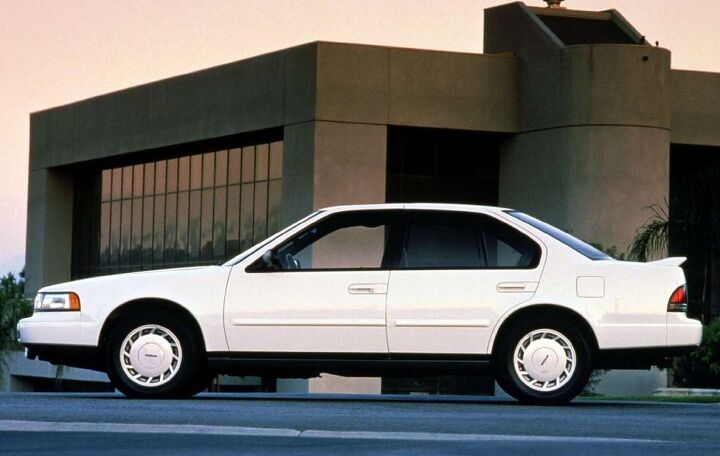

















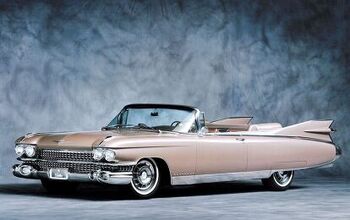
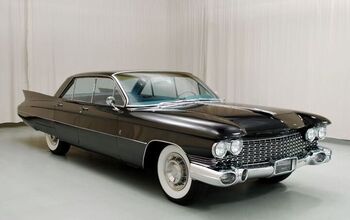
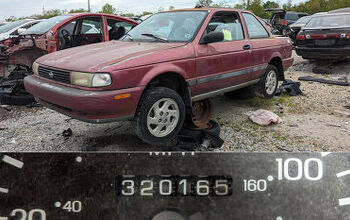
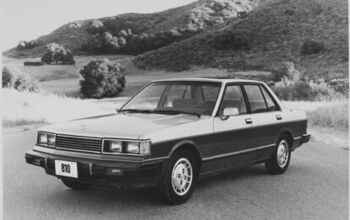
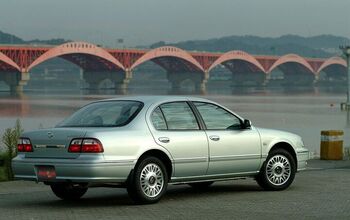

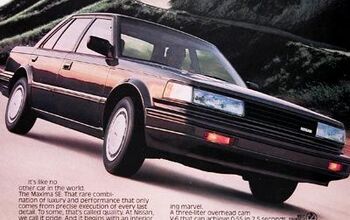
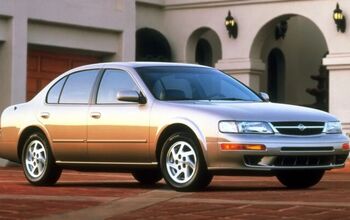
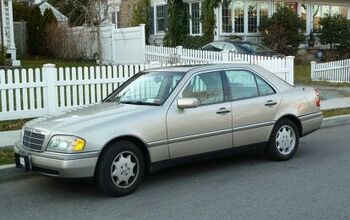
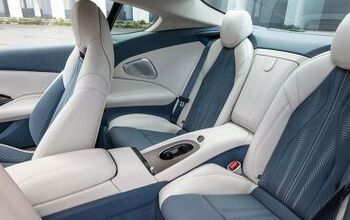
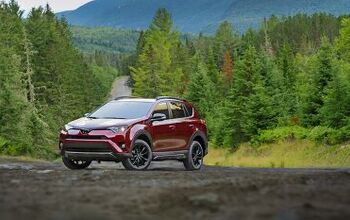

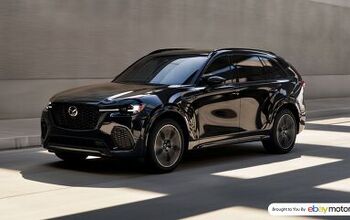
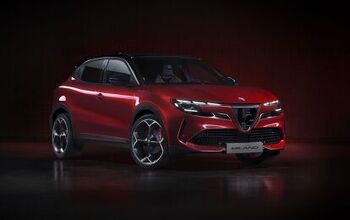

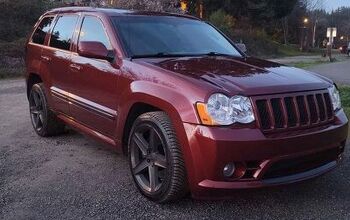

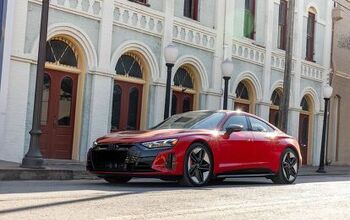
Comments
Join the conversation
When you publish series like this, could you include links to the previous articles in the series so that we can follow through? Thank you. Edit: now I see a link embedded in the first paragraph that goes to the previous story. It wasn’t clear at first where that link went but now I understand.
A dazzling achievement, far ahead of its time. I was lucky enough that I could scrape my nickels and dimes to buy a '92 SE, first year of the DOHC engine. Turned out it had a time bomb built into its internal oil circulation that caused valvetrain deterioration starting after 100k, but it still soldiered on past 170,000 miles for me.
The car had a feeling of solidity unique in that era and hard to describe. Its handling, ride, quietness and quickness would still be representative among mainstream cars today, 30 years later. It had limited slip, ABS, a driver airbag option, variable valve timing, trick gauges -- all at a reachable price. All that and beautiful style with quality materials, inside and out. I still miss it.